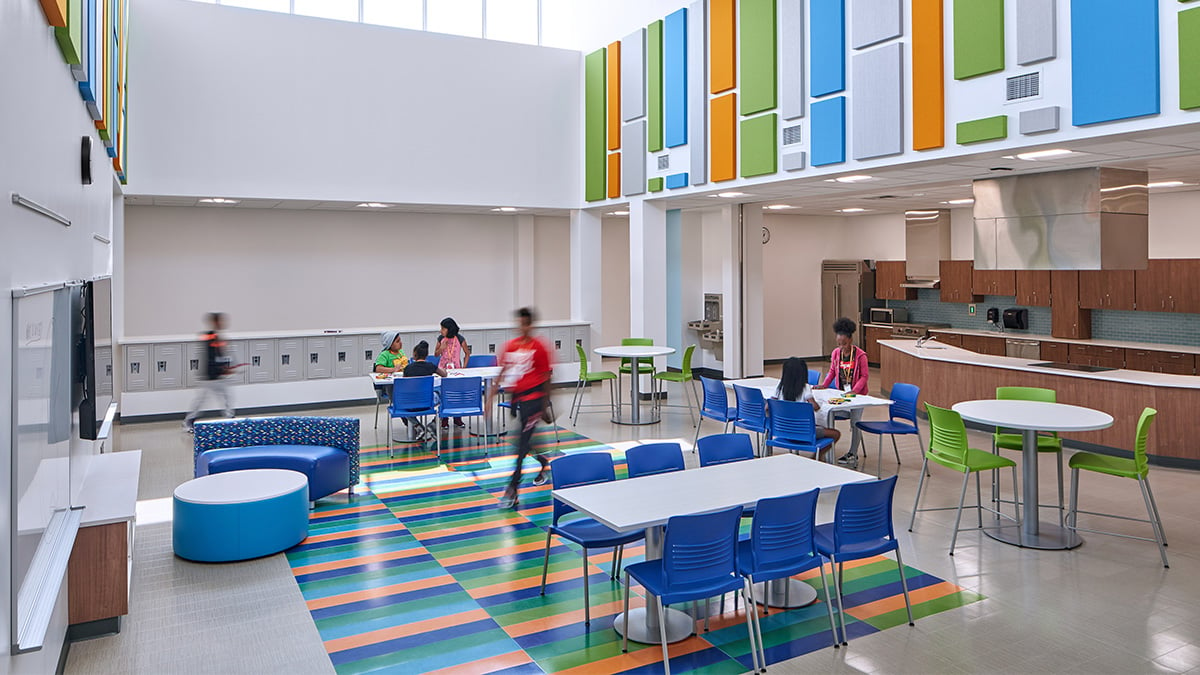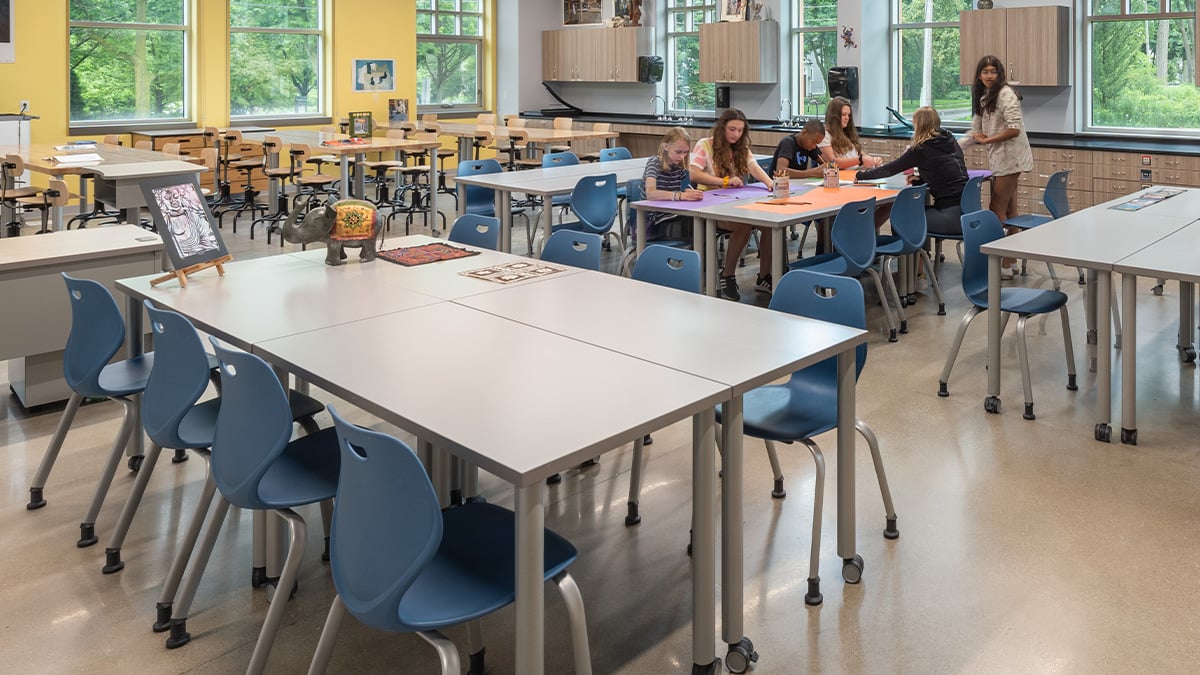Get in the Zone: How to Help Students Find Their Flow

Have you ever felt truly in the zone, where you were completely engrossed in the task before you? You’re dialed in to what needs to be done, and you’re cruising through progress. You’re checking things off your list, and you feel good about what you’re accomplishing.
When that happens, people often say that they’re “feeling the flow.”
But did you know this phenomenon is formally studied? Recognized and named by psychologist Mihály Csíkszentmihályi, flow is a state of complete immersion or being totally absorbed in an activity.
In an interview with Wired magazine, Csíkszentmihályi offered this depiction of flow: “The ego falls away. Time flies. Every action, movement, thought follows inevitably from the previous one, like playing jazz. Your whole being is involved, and you’re using your skills to the utmost.”
Imagine if students felt this way on a regular basis. Suppose they became so immersed in their work that their synapses fired at their highest level, and they experienced joy in the learning process.
Sounds ideal, right? But is this even possible?
By adopting a few key changes to your learning process and environment, you can easily provide the right type of space that supports student flow.
Small Changes with Big Impact
Researchers have found that entering a state of flow can improve performance in both teaching and learning. Simple ways to moderate this include:
- Teaching: Offer voluntary participation in an activity and a high level of focused attention to help generate flow. Support the activity with well-defined and tangible goals for a task with immediate feedback on performance. Remove distractions and help students focus on the process, not the result.
- Learning: Engage activities that help students feel they’re being sufficiently challenged yet have the skills needed to accomplish the task. Find success in progress, not perfection. Allow students to feel a sense of timelessness or distorted time to “lose themselves” and fully engage in the task at hand.

In addition to teaching and learning, establishing a state of flow can help enhance performance in other areas such as athletics and creative arts. In fact, flow often takes place during these activities and gives students the agency they need to demonstrate their best skills.
So, how can you bring this all together in your learning environments?
How to Enter the Flow State
For simplification purposes, think of flow as an acronym: Feedback, Learning, Optimization, Workspaces.
Feedback
Students feel more motivated when they know they are progressing in the right direction or when they receive suggestions on how to improve. To achieve those ends, feedback is critical.
It’s easier to focus intently on an activity and enjoy it when you’re sure you’re on course toward the goal – or when you’re nudged back in the right direction if you stray. Incorporating regular feedback into assignments and activities—as well as embedding tools like whiteboards for students to offer their own feedback—can help students get in a groove.
Learning
One aspect of flow that can be harder to achieve in the classroom is choice – completing a task for its own sake rather than out of obligation. To overcome that challenge, embedding personalized learning into the classroom is critical.
Personalization can take the form of offering several assignments for students to work toward the same benchmark. It can also manifest in classroom design. Consider offering different zones for students to learn in, from collaborative worktables to individual study pods to sit-stand desks.
Optimization
Flow can be the outcome when difficulty meets preparation. A comfortable classroom environment can help students balance those competing states.
A welcoming class culture can also make students feel more comfortable. Optimize your classroom physically with warm lighting, intriguing wall art, adaptive chairs and soft lounge seating.
Workspaces
When students are in the flow, schoolwork becomes a breeze. Student workspaces should correspond to support the completion of that work.
Some work may require focus at a personal workstation. Collaborative work might necessitate group tables. Movement-friendly stools can help students get their wiggles out and facilitate the cognitive benefits of movement.
Whether quiet and contemplative or social and collaborative, workspaces that meet student needs and work styles can help them find their flow.
Let it Flow
By supporting flow within learning environments, you can offer substantial benefits to students as well as teachers, including higher levels of happiness, intrinsic motivation, creativity, emotional regulation and more.
Fortunately, even small changes can have a significant impact. With thoughtful curriculum, purposeful culture and strategic design, you can optimize flow in your learning environments today.
Perhaps you’re already doing this. How do you facilitate the flow state in your classroom? I’d love to hear from you! Shoot me a message at emily.mcginnis@ki.com.
Subscribe
Stay up to date with the latest trends and more.









